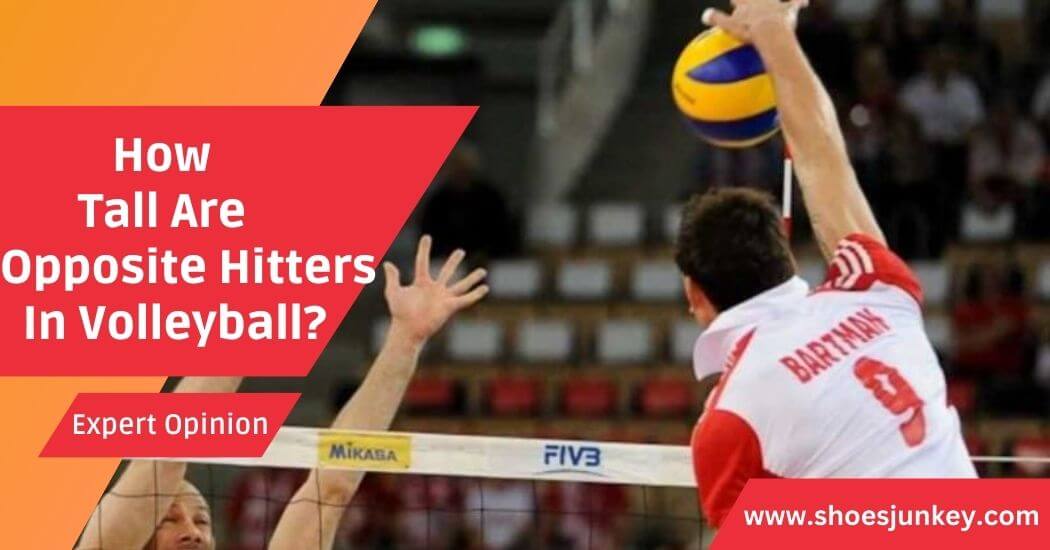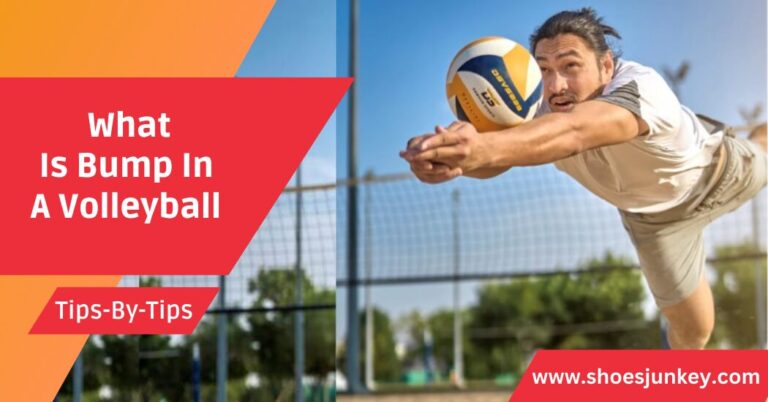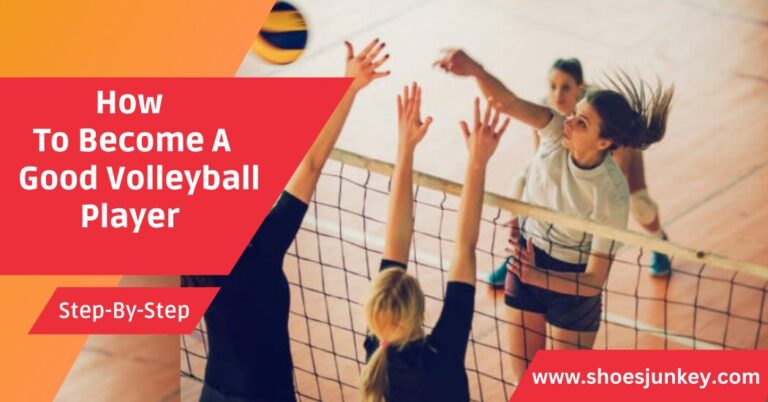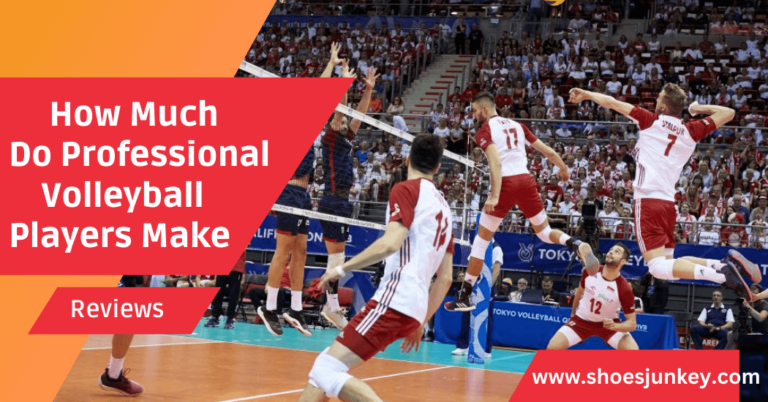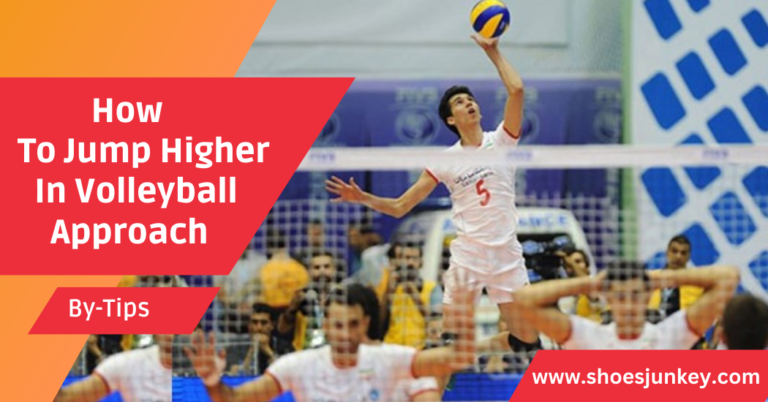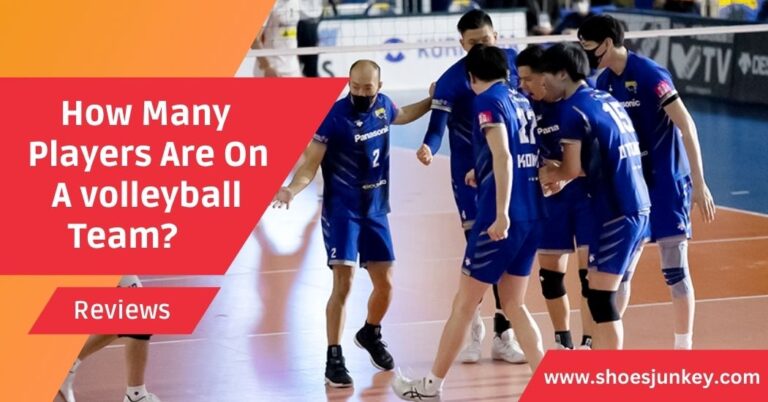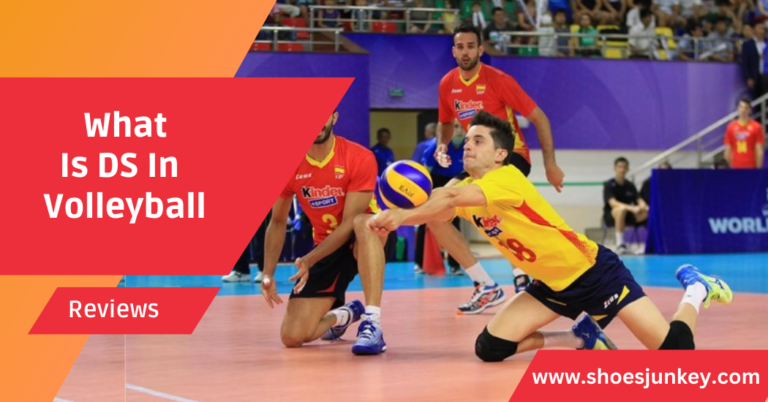How Tall Are Opposite Hitters In Volleyball?
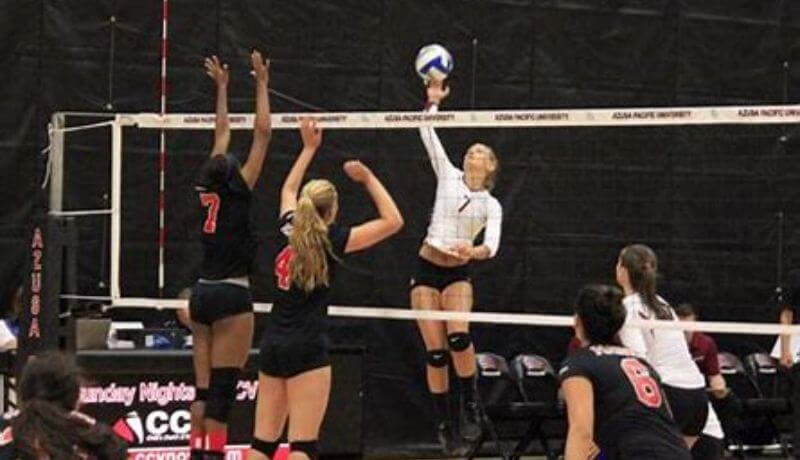
Volleyball is a thrilling sport that requires skill, agility and of course athleticism. If you’ve ever seen an intense match in progress, then you know there’s nothing quite like watching the opposite hitter rise up to put away a ferocious spike!
Volleyball is a sport that values height and the opposite hitter position is no exception. However, height is not the only factor that defines a successful opposite hitter.
In this article, we will explore the height trends among opposite hitters, the optimal height range for this position and debunk the myth that height is the sole determinant of success.
The Role of an Opposite Hitter
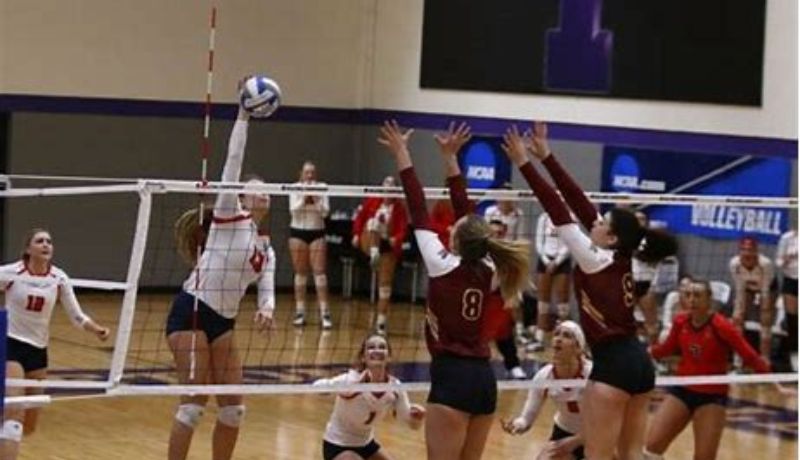
The opposite hitter is a crucial player on the court, tasked with versatile responsibilities. Their duties include:
- Blocking: The opposite hitter plays a significant role in blocking the opponent’s outside hitters. They need to have excellent jumping ability and timing to effectively block incoming attacks.
- Attacking: As the name suggests, opposite hitters are primarily responsible for attacking from the right side of the court (for right-handed players). They are often called upon to deliver powerful hits that can disrupt the opponent’s defense.
- Back-row defense: When rotated to the back-row, an opposite hitter can contribute to the team’s defense. They are expected to dig and pass accurately to initiate the offense.
- Serve: The opposite hitter often serves as a strong server, using powerful and precise serves to disrupt the opposing team’s formation.
The role of an opposite hitter is multi-dimensional, requiring not only height but also agility, precision and a strong understanding of the game.
Factors Influencing Height in Volleyball
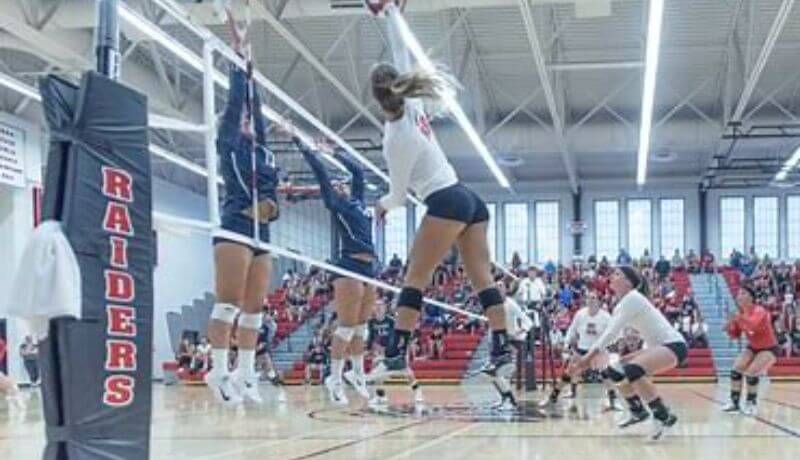
When considering the influence of height in volleyball, it’s important to understand the three primary factors: genetics and training.
- Genetics: Naturally, our height is primarily determined by our genetics. Some people are genetically predisposed to be taller and these individuals often gravitate towards positions like opposite hitter where height can be advantageous.
- Training and Nutrition: While genetics play a significant role, targeted strength and conditioning training, coupled with proper nutrition during the growing years, can also influence a player’s height and overall physical development.
- Posture and Flexibility: Posture and flexibility can also play a role in an opposite hitter’s height. Good posture helps players to reach their maximum height, while flexibility gives them the agility necessary for executing powerful spikes and blocks.
In volleyball, height can be an advantage – but it’s crucial to remember that successful players combine height with skill, strategic thinking and a solid understanding of the game. Even shorter players can excel in the sport with strong technical skills, agility, power and a good strategic understanding of the volleyball game.
Ideal Opposite Hitter Height Range
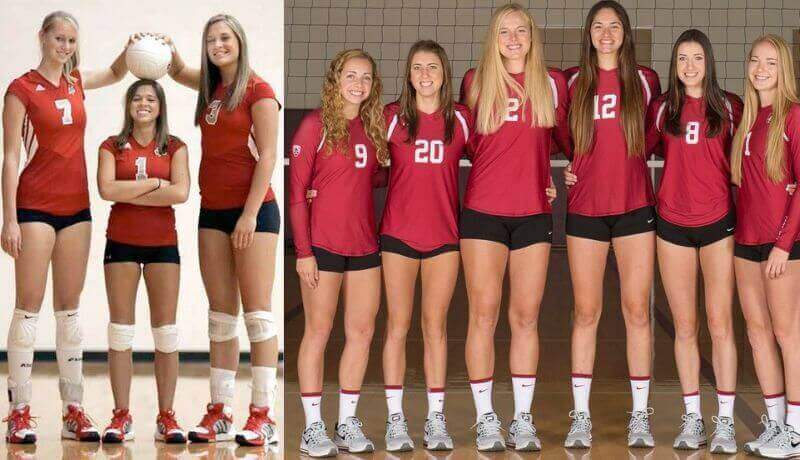
The ideal opposite hitter height range varies, depending on the player’s experience level and the type of volleyball. For beach volleyball, the ideal height for an opposite hitter is 6’2″ or taller. This height allows players to reach over the net and deliver powerful spikes that can disrupt their opponents’ defense.
For indoor volleyball, a tall opposite hitter is not always necessary. Depending on their skill level, even slightly shorter players (5’11” – 6’2″) can be effective opposite hitters.
Regardless of the player’s height, it is important to remember that a successful opposite hitter must possess a range of skills beyond their physical attributes. While height may give players a slight advantage, it should not be used as an indicator of success. With proper training and dedication, even shorter players can excel in this position.
Height Trends among Opposite Hitters
A look at historical data shows that the average height of opposite hitters has been increasing overtime. Professional leagues and international competitions have also seen consistent height patterns in recent years, with taller opposite hitters making their mark on the game.
However, exceptions to the average trend can be found in case studies of renowned opposite hitters who have excelled despite not fitting the typical height profile.
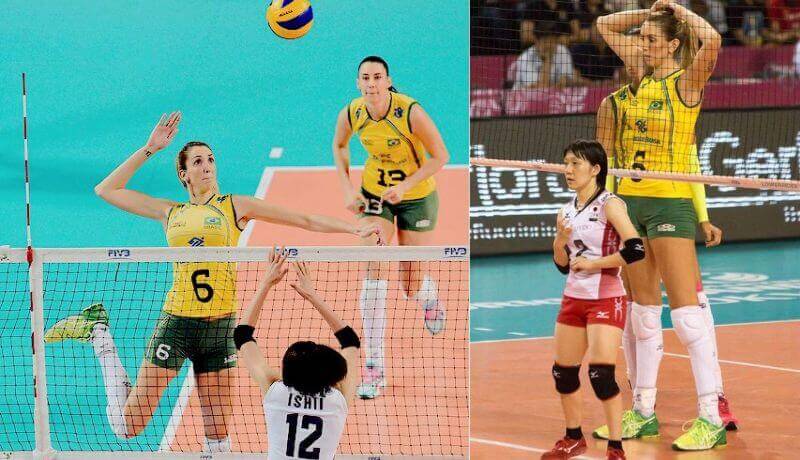
Height vs. Skill: Debunking Myths
| Myth | Reality | Explanation |
| Taller players are always better opposite hitters | Player skill and understanding of the game are as important, if not more, than their height | While height can provide an advantage in volleyball, it’s not a guarantee of success. Skills such as precision, agility and strategic understanding of the game can often outweigh the benefits of height. |
| Shorter players can’t excel as opposite hitters | Many successful opposite hitters are not exceptionally tall | There are countless examples of players who, despite not being especially tall, have excelled as opposite hitters. Their success is often due to their technical skills, agility, power and strategic understanding of the game. |
| Greater height equals better blocking | Successful blocking is more about timing and positioning than height | While taller players might have an easier time reaching the ball, successful blocking requires precise timing and positioning, skills that can be honed regardless of a player’s height. |
Notable Opposite Hitters of Different Heights
When discussing the impact of height on opposite hitters’ performance, it is helpful to look at the careers of some notable players of different heights.
- Giba (6’1″): Gilberto Amaury de Godoy Filho, better known as Giba, is a retired Brazilian volleyball player who stands at 6’1″. Despite not being one of the tallest players, Giba was known for his incredible speed, agility and precise attacks. He has numerous accolades to his name, including three Olympic gold medals.
- Karch Kiraly (6’3″): American Karch Kiraly, standing at 6’3″, is often considered one of the greatest volleyball players of all time. A versatile player, he excelled both indoor and on the beach, demonstrating that skill and game sense can outweigh height.
- Dmitriy Muserskiy (7’2″): Standing at a towering 7’2″, Russian player Dmitriy Muserskiy is one of the tallest players in professional volleyball. His height, coupled with his skills, has made him a formidable opposite hitter.
These examples highlight that while height can be a factor in a player’s performance, it’s not the only determinant of success in volleyball. Skills, agility, speed and a solid understanding of the game play an equally, if not more, important role.
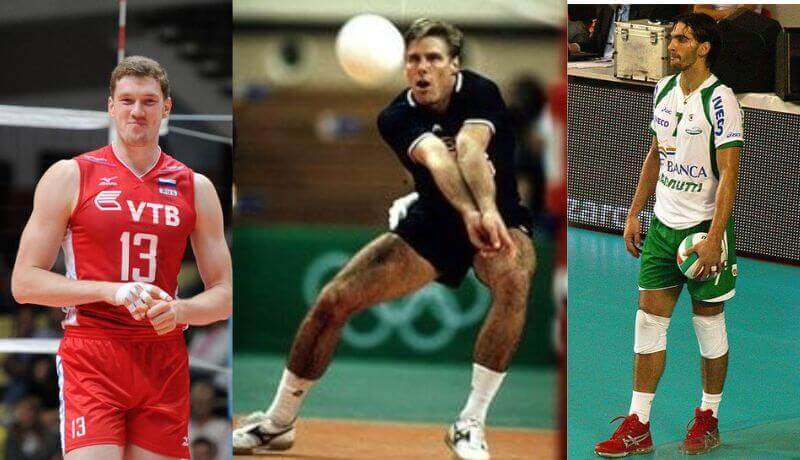
How Training and Development are important?
Training and development are essential elements in the journey of any volleyball player, irrespective of their height. A well-designed training program focuses on improving technical skills such as serving, spiking, blocking and setting, while also enhancing a player’s agility, speed, power and endurance. Specific drills can help develop keen game sense, strategic thinking and the ability to read opponents’ tactics.
In terms of physical development, strength and conditioning training aids in building a player’s power and resilience, reducing the risk of injuries and enabling them to maintain high performance levels throughout a match. Nutrition also plays a key role in supporting growth, recovery and overall health.
Moreover, training and development extend beyond the physical aspect, encompassing mental toughness and emotional resilience. Skills such as stress management, focus and teamwork are nurtured, preparing players for the psychological challenges of the sport.
In essence, while height can be a beneficial attribute in volleyball, particularly for the position of an opposite hitter, it is the continuous process of training and development that truly molds a successful player.
The Changing Landscape for the Opposite Hitter
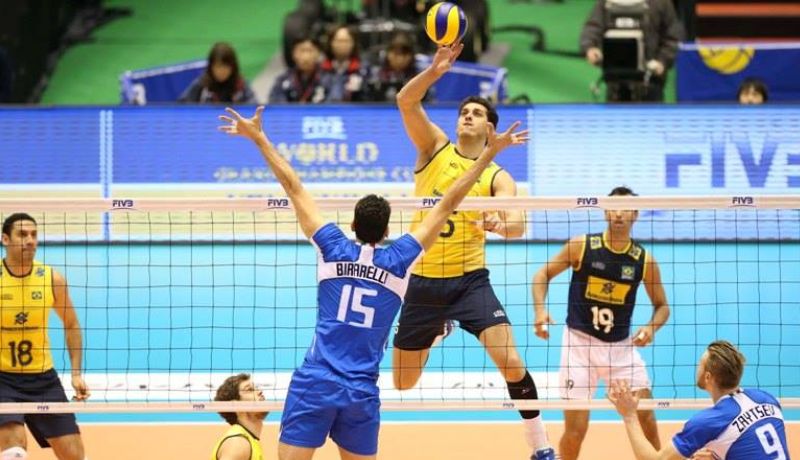
The role of the opposite hitter in volleyball has seen significant transformations over the years. The evolving nature of the game, coupled with advancements in sports science and training methodologies, has redefined the attributes and skills required for this position. Indeed, the landscape for the opposite hitter continues to change, challenging traditional norms and opening avenues for a diverse range of athletes to excel in this role.
- Adaptability to Game Strategies: Modern volleyball has seen increased emphasis on strategic thinking and adaptability. In response, opposite hitters are honing their skills to be versatile and adapt quickly to game strategies, going beyond their traditional role of blocking and attacking from the right side of the court.
- Technology-Assisted Training: The integration of technology in sports training has allowed for targeted skill development and improved performance analysis. For opposite hitters, this means enhanced understanding of their game, identification of areas for improvement and the ability to work on specific skills, such as attack angles or blocking timing.
- Diet and Nutrition Focus: As the importance of nutrition in an athlete’s performance and recovery gains recognition, opposite hitters, like other athletes, are focusing more on their diet. This not only aids in maintaining optimum performance levels but also promotes faster recovery, essential in a physically demanding sport like volleyball.
- Psychological Training: The mental aspect of the game has gained prominence in recent years. Psychological training to handle pressure situations, maintain focus and work as a cohesive unit is becoming a part of the comprehensive training regime for opposite hitters.
- Emphasis on Fitness: While height remains a beneficial attribute, the importance of overall fitness and agility cannot be understated. A physically fit player can enhance their game performance, reduce injury risks and ensure longevity in the sport. Hence, fitness training has become integral to the training regime of opposite hitters.
The landscape for opposite hitters in volleyball continues to evolve, emphasizing adaptability, comprehensive skill development and overall athlete wellness.
Conclusion:
The height of the opposite hitter in volleyball is a very important aspect to consider. Opposite hitters range from 5 feet 3 inches to 6 feet 5 inches and their strategic positioning on the court can make all the difference between victory or defeat. Experienced coaches know what it takes to build an effective team with a balanced attack and how to use opposite hitters in specific situations for maximum advantage.
It’s up to individual athletes, however, to step out of their comfort zones and become knowledgeable about how they can best contribute at any given time. With the right mindset and knowledge, opposite hitters are undoubtedly a powerful weapon for any volleyball team.

